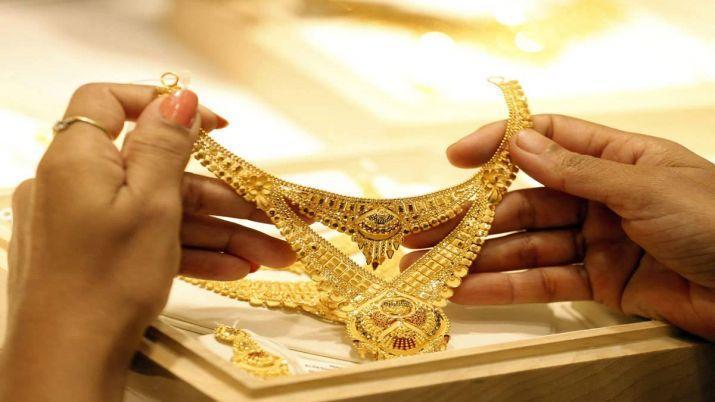
Before we get to the heart of this story, we need to talk about hallmarking. Think of gold hallmarking as a fitness test for jewellery. If you have a piece of gold artefact lying around, you’d want to know if it’s pure. And a hallmark is a certificate authenticating the stated purity and fineness.
Until now, jewellers had the choice to hallmark gold or simply sell them unmarked. But in June, the government made it mandatory for everyone in the value chain to hallmark gold jewellery at the point of first sale.
Meaning as it stands, most jewellers will have to send their inventory to a hallmarking centre and get it certified before selling them to consumers. Now before you panic, know that the rule doesn’t apply to you.
If you’re an ordinary consumer holding gold without a hallmark, you’ll still be able to sell it off to a jeweller. No problem here. However, the jeweller can’t sell the piece to the next customer until it’s hallmarked once again.
And while the government has granted exceptions for certain kinds of gold artefacts, you can expect most pieces of gold jewellery to be hallmarked from here on in.
But hallmarking isn’t the only thing that’s mandatory now. The government also wants to identify and track every piece of jewellery made and sold in this country. So, they put together something else — an HUID or Hallmarking Unique ID to go alongside the purity mark. Based on the new rules, every piece of jewellery must also carry a unique six-digit alphanumeric code.
This unique code will help in identifying the jeweller, shop where the piece was sold, who bought it, the place that hallmarked it, the address and phone number of everyone involved in the transaction… everything in a single database. And if this looks awfully similar to an Aadhar card or a property document, well yeah, it’s similar in many ways. It’s a unique identifier, only in this case, you can attach a new identifier each time you melt the old jewellery to fashion something new.
But why would the government want to do any of this? Why would they want to uniquely identify a piece of gold jewellery?
If you’re thinking of this, it probably means you’ve never dabbled with gold jewellery. Even with hallmarking, jewellers have been able to offload substandard products because it’s difficult to trace the item back to them. However, the moment you throw in a unique ID in the mix, there’s an added level of accountability here. And there are people who believe that it makes the whole value chain more robust.
But jewellers aren’t entirely happy with this whole HUID manoeuvre. Sure, mandatory hallmarking is deemed a necessity these days, but tagging every piece of jewellery? That is an administrative nightmare. Small retailers would have to manually input details on the Bureau of Indian Standards’ website and then send it for hallmarking. This may mean more overhead.
Then there are issues with the processing centres.
According to a report in The Economic Times — “annually almost 100–120 million pieces of jewellery are manufactured in India. In addition, the existing stock of almost 60–70 million pieces is yet to be hallmarked. This takes the total count of pieces to be hallmarked this year to almost 160–180 million pieces. The current speed and capacity of hallmarking centres is about 200,000 pieces per day at which it would take 800–900 days, or 3–4 years, to mark the pieces.”
More importantly, there is the fact that hallmarking is still a manual enterprise. You send in your inventory for hallmarking hoping to turn them over quickly, only to find out that it would take a few extra days due to backlog. Waiting means losing money and jewellers aren’t entirely happy with this whole scheme.
So, yeah, the government wants to induce more accountability in the system and the jewellers feel the system may crumble under pressure if the rules are implemented as is. Two differing points of view from two important stakeholders.











